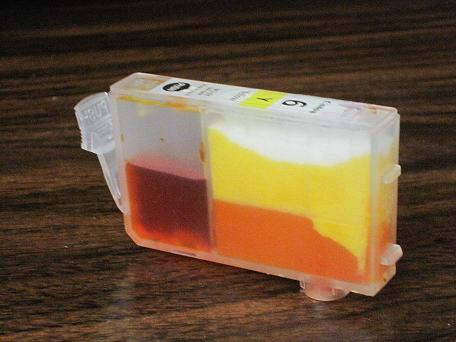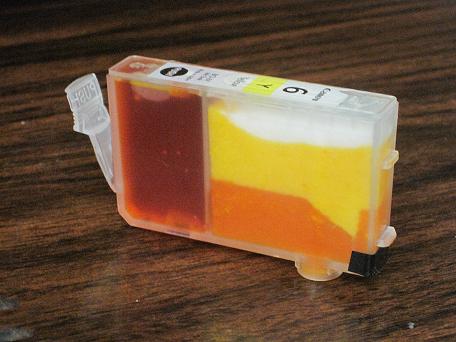- Thread starter
- #51
- Joined
- Jun 16, 2006
- Messages
- 3,645
- Reaction score
- 85
- Points
- 233
- Location
- La Verne, California
- Printer Model
- Epson WP-4530
I agree when filling one of those cartridges, you should let the sponge passively suck up the ink it needs because you cannot see through the sides of the cartridge, but with the tranparent cartridges, you can easily control the amount of ink the sponge gets. Here is a link to the refill guide for the CLI-221/5521/821 cartridges:pharmacist said:Hi Rob,
actually the amount of ink to be injected I already explained minutely on my refill guide for the CLI-221/5521/821 cartridges. One should let the sponge passively suck as much ink as it needs and refill again very slowly towards the end to prevent displacement of ink from the sponge through the breathing hole.
http://www.nifty-stuff.com/forum/viewtopic.php?pid=26249#p26249
There is no difference between injecting ink into the sponge part of the chamber using GRM and what is done with the traditional refill method (through the top of the reservoir) when ink flows out of the reservoir into the sponge chamber. The only way to prevent this in the traditional method is to seal off both the outlet port and the air vent, which I don't think anybody does.


